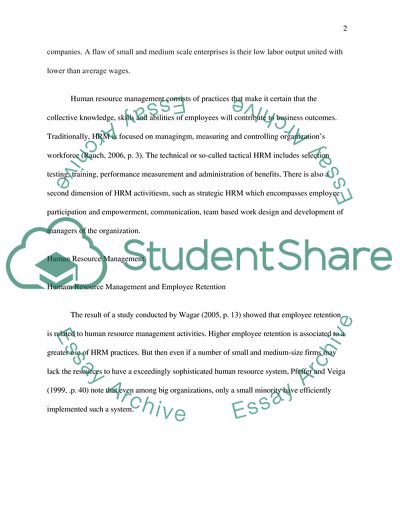Cite this document
(Human Resource Management Practices Implementation Research Paper, n.d.)
Human Resource Management Practices Implementation Research Paper. Retrieved from https://studentshare.org/human-resources/1724642-discuss-the-applicability-of-human-resource-management-practices-implementation-in-small-and-medium-sized-organizations
Human Resource Management Practices Implementation Research Paper. Retrieved from https://studentshare.org/human-resources/1724642-discuss-the-applicability-of-human-resource-management-practices-implementation-in-small-and-medium-sized-organizations
(Human Resource Management Practices Implementation Research Paper)
Human Resource Management Practices Implementation Research Paper. https://studentshare.org/human-resources/1724642-discuss-the-applicability-of-human-resource-management-practices-implementation-in-small-and-medium-sized-organizations.
Human Resource Management Practices Implementation Research Paper. https://studentshare.org/human-resources/1724642-discuss-the-applicability-of-human-resource-management-practices-implementation-in-small-and-medium-sized-organizations.
“Human Resource Management Practices Implementation Research Paper”, n.d. https://studentshare.org/human-resources/1724642-discuss-the-applicability-of-human-resource-management-practices-implementation-in-small-and-medium-sized-organizations.


